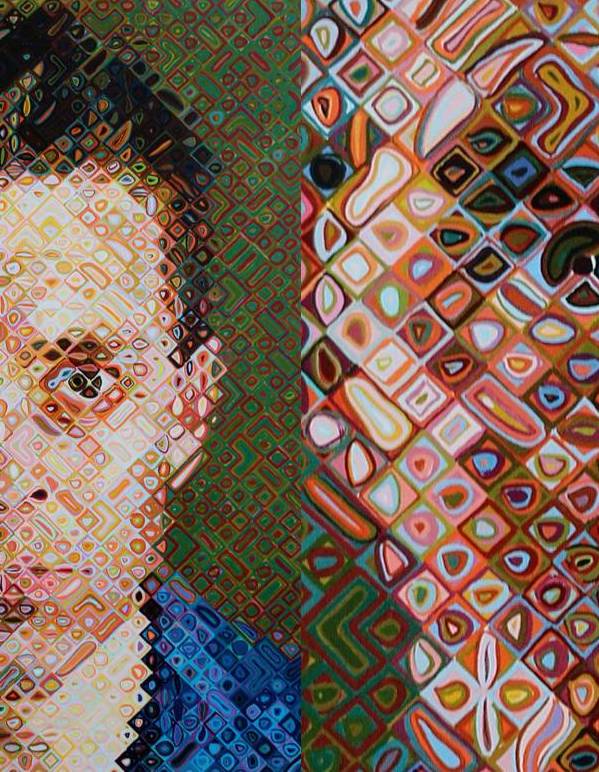
In this complex age of ones and zeros there is a great temptation to reduce everything to a binary choice or decision. It feels good to simplify a matter, express our frictionless like or dislike and often have that opinion or position reinforced and perhaps amplified by other likeminded individuals. This is the currency of social media where we are encouraged to declare our approval for a particular post or express our indifference or dislike by swiping/scrolling past it. (It is interesting to note that most social media platforms have removed the thumbs down option due to its toxic effects.) Making binary choices are also reinforced by our two-party political system and related media coverage. Unfortunately, life is not that simple and most important matters can’t be reduced to a binary choice — thumbs up or thumbs down. Let’s examine something as straightforward as “fire”: Is it good or bad? Fire can warm our homes or be used to cook a satisfying meal. Yet it can also cause a forest fire or easily injure someone. Fire’s benefit or good depends on the context and details that surround its use. Almost everything in life is like this — the closer we look, the more understanding we have, the more complicated things get.
Although we often use the same over-simplification to categorize or judge others, the fact is, people are complicated and can’t be labeled entirely “good” or “bad.” This is why the work of American artist Chuck Close is so compelling. Close has been credited with reinvigorating the modern portrait. He is best known for his monumental faces developed based on a unique formal method utilizing color and structure. He breaks the face up into a grid, each square is filled with multiple colors and various forms and patterns. When seen from a distance the colors in each square blur together to form an amalgamated color and tone – making the face visible. However, as you approach the painting the image becomes more complex, fragmented and unclear. The complexity and bizarre color combinations become apparent and start to dominate your visual experience. When you stand directly in front of his work the face can no longer be decerned. What takes over is the seeming randomness and complexity of the colors and patterns. The work shown here is one of Chuck Close’s portraits, entitled James, with a split image on the right that shows a close-up detail of that same painting.
